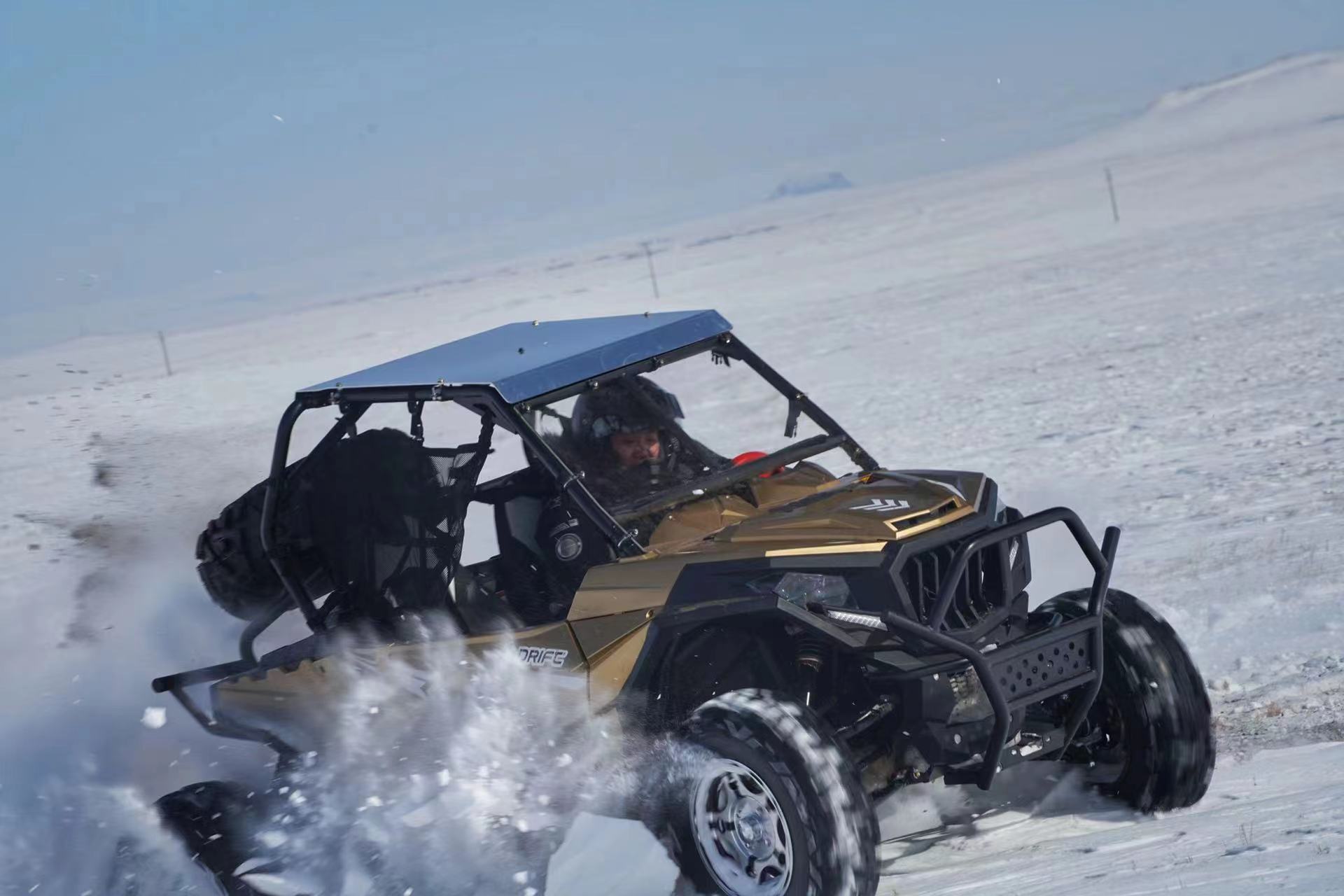
ATVs and UTVs aren’t cheap. And neither should be your approach to ATV/UTV maintenance if you want your machine to deliver peak performance and last for years.
Fortunately, ATV and UTV maintenance boils down to a handful of relatively simple practices any do-it-yourselfer with basic tools can accomplish.
Here are our top ATV/UTV maintenance tips.
Check/change the oil
Let’s dispense with the obvious: Check your motor oil frequently and change it according to the recommendations in the owner’s manual. It’s step one in any ATV/UTV maintenance program.
Changing the oil and filter is especially important in ATVs and UTVs used for hard work or aggressive riding.
The added stress we heap on our machines increases heat. And heat causes oils formulated for standard service to lose viscosity (become thinner). Thinner oil than what your engine is designed to use can fail to develop an oil film of adequate thickness or strength to protect against wear.
Extreme heat also invites sludge and performance-robbing deposits. Sludge can clog oil passages and starve the engine of oil, while deposits can cause power loss due to sticking piston rings.
Changing oil is the best defense against engine wear and power loss. Be sure to upgrade to a good synthetic oil, too.
Change the differential fluid
It’s the same story inside the front and rear differentials.
The extra weight and stress of hard work and performance riding concentrate intense pressure on gears.
The lubricant coats the gear teeth during operation, guarding against metal-to-metal contact and wear. The added stress, combined with high heat, can break the fluid film and literally squeeze the lubricant from between the gears, leading to wear.
Change differential fluid according to the recommendations in the owner’s manual. And, like motor oil, upgrade to a good synthetic. It’ll provide improved film strength despite intense pressures to protect gears and bearings in the toughest conditions, helping your machine last for years.
Check/change air filter
An engine needs three things to run: fuel, spark and air. Most of us forget about air since we don’t have to pay for it.
But a dirty or clogged air filter can choke off airflow and reduce performance or cause the engine to quit completely.
Here’s an analogy to illustrate: Go outside and run around your house. If you’re in decent shape, it shouldn’t be that difficult.
Now, run around your house while breathing through a straw. Restricting airflow into your lungs makes it much more difficult.
The same principle applies inside your engine. A dirty air filter restricts airflow and reduces engine performance. It also allows debris to enter the engine, which can lead to wear.
Check your owner’s manual for recommendations on how often to change the air filter. Check the filter periodically and change it if it’s excessively dirty.
Pro Tip: Ensure the air filter is firmly seated and correctly installed. If not, the engine will ingest dirt, which acts like sandpaper and scours the cylinders, rings and bearings.
Stabilize the fuel
Gas can break down in as little as 30 days. When it does, varnish forms inside the carburetor, which clogs the tiny fuel passages. Eventually, varnish will prevent adequate fuel-flow and keep your machine from starting.
For best performance, add stabilizer to every tank of fuel. If you know you’re going to burn through a tank quickly, like during a day-long ride, you can skip the stabilizer. But many enthusiasts run on the same tank of fuel for months.

